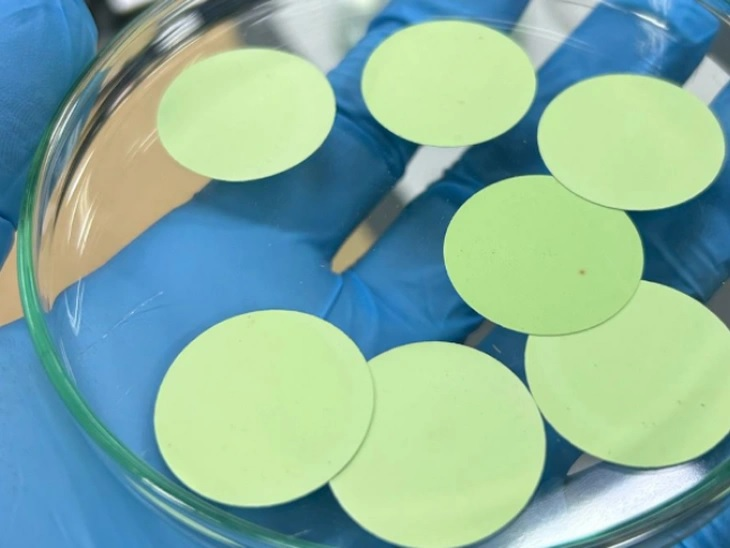Brazil Has the Capacity to Develop Its Own Technology for Next-Generation Fuel Cells
T&B Petroleum/Press Office FAPESP
01/10/2025 15:55

A scientific article published in the journal Ceramics International by researchers from the Center for Innovation in New Energies (CINE) and collaborators brings together essential information to improve the latest generation of fuel cells, known as SOFCs – solid oxide fuel cells. CINE is an Applied Research Center (CPA) created by FAPESP and Shell in 2018. It is based at the University of Campinas (Unicamp), the University of São Paulo (USP), and the Federal University of São Carlos (UFSCar), with the participation of eight other Brazilian institutions.
SOFCs are devices capable of generating clean, renewable energy with high efficiency. To produce electricity, they must be supplied with a fuel. However, unlike other types of fuel cells, SOFCs can operate with a variety of substances, such as bioethanol, methane, or hydrogen. Because of this flexibility, they can be useful in a wide range of contexts, from powering electric vehicles to supplying energy to remote communities not connected to the grid.
Nevertheless, the technology still faces limitations regarding the durability and stability of the devices, mainly due to their high operating temperatures, which can reach up to 1,000 °C. In order to overcome these challenges, metal-supported SOFCs (MS-SOFCs) emerged in the early 2000s.
“Think of a fuel cell as a sandwich of materials,” explains chemical engineer Gustavo Doubek from Unicamp. “In this sandwich, the metal support works as the firm base that sustains the entire structure. It is important because it provides strength so that the cell does not break easily, helps conduct electricity efficiently, and facilitates the entry and exit of gases, since it is made of porous metal full of ‘pathways’ for the fuel to circulate,” he says. “This means that the cells become more durable, operate more stably, and can run much longer without failures,” he adds.
Doubek is one of the lead authors of the article, which specifically addresses advances in the development of metal supports. According to him, supports made of stainless steel-based metal alloys have shown good practical results, as they combine robustness with corrosion resistance.
At CINE, Doubek leads research focused on the development of MS-SOFCs. Currently, these efforts include the production of 100% Brazilian prototypes, testing of porous metal alloys to determine which withstand operating conditions best, and performance studies aimed at increasing both the power output and the durability of the cells.
“The results already show that Brazil has the capacity to develop its own technology in this field, reducing dependence on foreign suppliers and opening the way for applications in clean energy and sustainable mobility,” says Doubek.
In the article, researchers and engineers can find valuable guidance for further improving metal supports for SOFCs. The text discusses advances in the manufacturing processes, materials, and surface treatments of these components, with a focus on identifying scalable and cost-effective techniques.
The study reported in the article involved researchers from Unicamp and a scientist from King Abdullah University of Science and Technology (Saudi Arabia). It received funding from FAPESP (22/02235-4, 17/11958-1, and 14/02163-7), as well as from the Support Foundation of the Federal University of Minas Gerais (Fundep) and the National Council for Scientific and Technological Development (CNPq).
The article Porous metal substrates for solid oxide fuel cells: Manufacturing techniques and future perspectives can be accessed at: https://doi.org/10.1016/j.ceramint.2025.01.059.
With information from Verónica Savignano, CINE.



